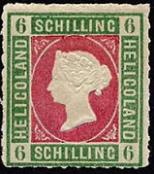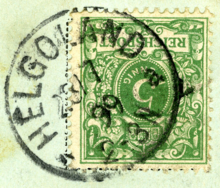
Philately is the study of postage stamps and postal history. It also refers to the collection and appreciation of stamps and other philatelic products. While closely associated with stamp collecting and the study of postage, it is possible to be a philatelist without owning any stamps. For instance, the stamps being studied may be very rare or reside only in museums.

A piece of postal stationery is a stationery item, such as a stamped envelope, letter sheet, postal card, lettercard, aerogram or wrapper, with an imprinted stamp or inscription indicating that a specific rate of postage or related service has been prepaid. It does not, however, include any postcard without a pre-printed stamp, and it is different from freepost for preprinted cards issued by businesses. In general, postal stationery is handled similarly to postage stamps; sold from post offices either at the face value of the printed postage or, more likely, with a surcharge to cover the additional cost of the stationery. It can take the form of an official mail issue produced only for the use of government departments.

Austria and other European nations maintained an extensive system of post offices in the Ottoman Empire, typically motivated by the unreliable postal system of the Ottomans.
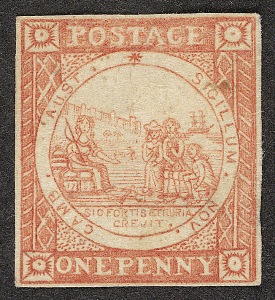
This is a survey of the postage stamps and postal history of New South Wales, a former British colony now part of Australia.
This is a survey of the postage stamps and postal history of British East Africa.

The British Central Africa Protectorate existed in the area of present-day Malawi between 1891 and 1907.
Each "article" in this category is a collection of entries about several stamp issuers, presented in alphabetical order. The entries themselves are formulated on the micro model and so provide summary information about all known issuers.

This is a survey of the postage stamps and postal history of Cuba.

In general, philatelic fakes and forgeries are labels that look like postage stamps but have been produced to deceive or defraud. Learning to identify these can be a challenging branch of philately.

This is a survey of the postage stamps and postal history of Montenegro.
This is a survey of the postage stamps and postal history of Algeria.

Mauritius, a small island in the southwest Indian Ocean, is important to the world of philately for a number of reasons. Its first two postage stamps issued in 1847, called the "Post Office" stamps, are of legendary rarity and value. They were the first stamps issued in any part of the British Empire outside of Great Britain. The unique cover bearing both “Post Office” stamps has been called "la pièce de résistance de toute la philatélie" or "the greatest item in all philately". The cover was sold at auction, in Zurich, on 3 November 1993, for 5.75 million Swiss francs, the equivalent of about $4 million – the highest price ever paid for a single philatelic item up to that time. In addition, Mauritius is well known for the subsequent locally produced issues known as "primitives," also prized by collectors.

The postal history of Turkey and its predecessor state, the Ottoman Empire, dates to the 18th century when foreign countries maintained courier services through their consular offices in the Empire. Although delayed in the development of its own postal service, in 1863 the Ottoman Empire became the second independent country in Asia to issue adhesive postage stamps, and in 1875, it became a founding member of the General Postal Union, soon to become the Universal Postal Union. The Ottoman Empire became the Republic of Turkey in 1923, and in the following years, its postal service became more modernized and efficient and its postage stamps expertly designed and manufactured.
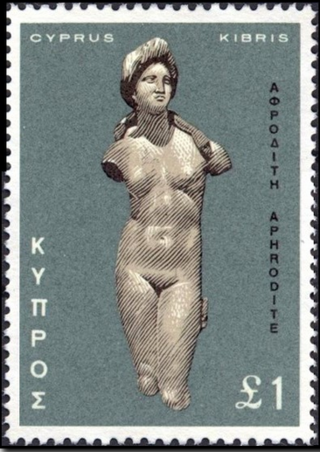
This is a survey of the postage stamps and postal history of Cyprus. The country's postal history is intricately linked to the island's political past.

In philately, an imprinted stamp is a stamp printed onto a piece of postal stationery such as a stamped envelope, postal card, letter sheet, letter card, aerogram or wrapper. The printing may be flat upon the surface of the paper, or embossed with a raised relief. An imprinted stamp is also known as unadhesive stamp or indicium.

This is a survey of the postage stamps and postal history of Gibraltar.

Belgium began using national postage stamps on 8 July 1849, when two imperforate stamps, a 10c. brown and 20c. blue, collectively known as Epaulettes, were introduced. A few months later a 40c. red stamp with a new design was issued, for postage to foreign destinations. In 1850 two new stamps of 10c. and 20c. were issued.
This is a survey of the postage stamps and postal history of British Bechuanaland.

This is a survey of the postage stamps and postal history of Natal. Natal was proclaimed a British colony on 4 May 1843 after the British had annexed the Boer Republic of Natalia.
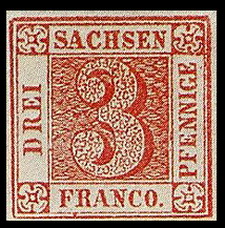
The Sachsen 3 Pfennige red, commonly called Sachsendreier, issued on 29 June 1850 and valid from 1 July 1850 until 31 December 1867, was the first postage stamp of the Kingdom of Saxony, making Saxony the second among the German States to issue postage stamps.
